1. The Trial of Animals (Europe, Middle Ages)
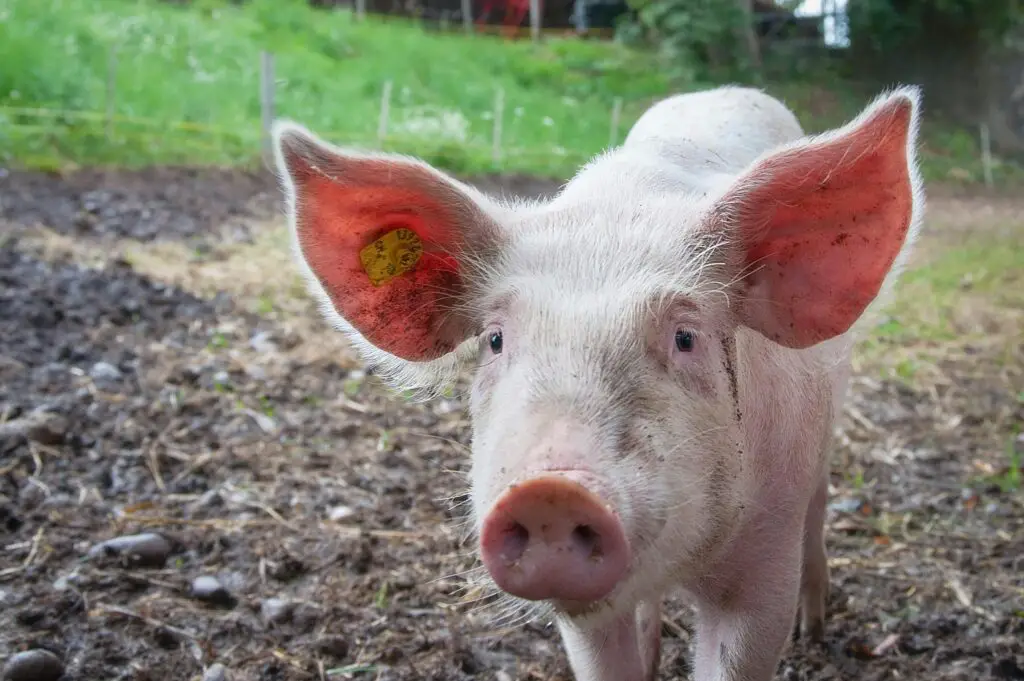
Believe it or not, people in medieval Europe sometimes hauled animals into court like rowdy troublemakers. If a pig trampled someone or rats infested a village, legal proceedings would be held against them—complete with judges, lawyers, and sentencing. It wasn’t just superstition; it reflected deeper fears that evil could infect the natural world. Some trials even charged insects or rodents with “satanic intent” and demanded divine intervention.
While these trials might sound laughable today, they were dead serious back then. The idea was to restore moral and spiritual balance, as if convicting the creature could drive away greater malevolence. It was justice, religion, and a dose of magical thinking rolled into one bizarre event. No one was safe—not even a goose with attitude.
2. The Dancing Mania (Central Europe, 14th–17th Century)
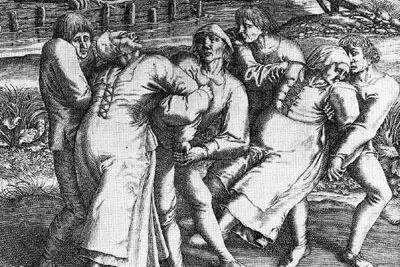
Picture a crowd in the town square breaking into uncontrollable, frenzied dancing… and not stopping for days. That was the dancing plague—people would leap, twirl, and flail around until they collapsed from exhaustion or even died. Far from a festival, this ritualized chaos was seen by many as a way to purge evil spirits or escape curses plaguing society.
Some towns even brought in musicians, thinking they could help “dance out the demons.” The bizarre phenomenon spread from one town to another, baffling authorities and clergy alike. Modern theories suggest mass hysteria or ergot poisoning, but back then, evil was the assumed culprit. And apparently, busting a move was part of the exorcism.
3. Carrying the Corpse (Ghana, Traditional Beliefs)
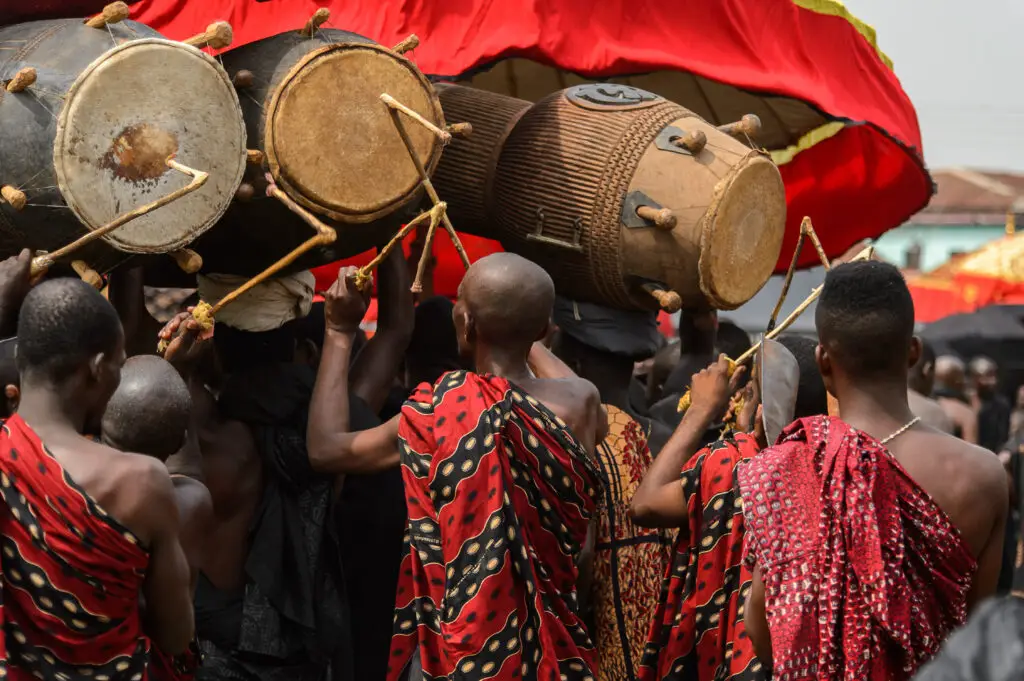
In parts of Ghana, some communities practiced “corpse trials” where a corpse was used to accuse someone of being involved in their death. A special ritual would involve asking the spirit of the deceased to guide the bearers toward the guilty party. If the corpse lurched or tilted unnaturally near someone, that person could be blamed for malevolent intent—or worse, witchcraft.
These ceremonies were solemn and often intense, driven by a strong belief in spiritual justice. It wasn’t just about finding a culprit—it was about restoring cosmic balance. Accusations made this way could cause exile or other punishments. The dead had a powerful voice in protecting the living from evil.
4. Firewalking to Cleanse the Soul (South Pacific, Polynesia)
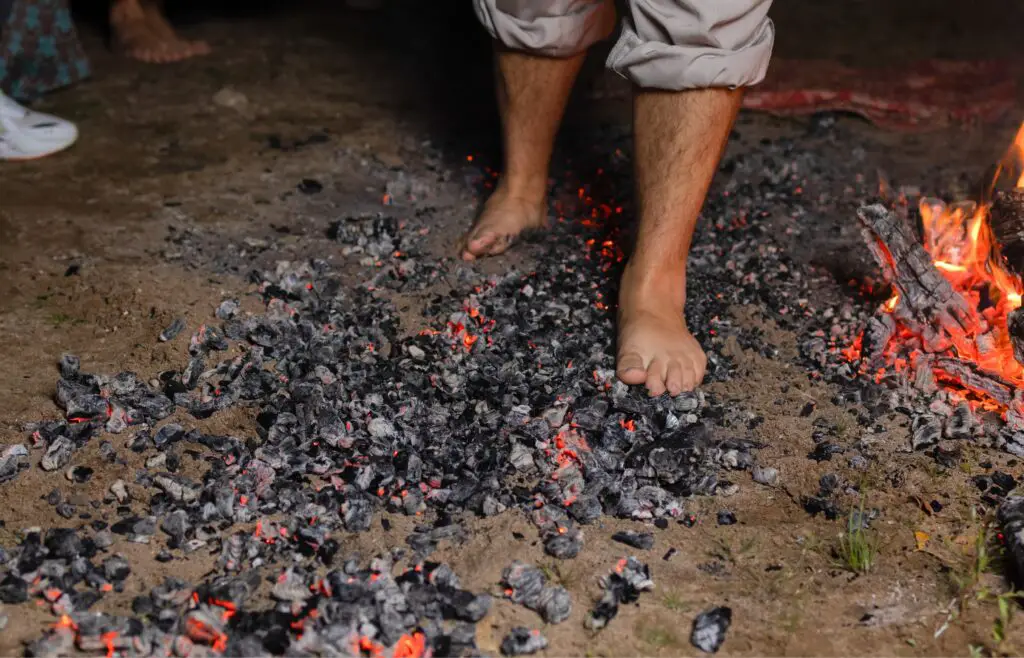
Walking barefoot across flaming-hot embers might seem like a dare, but for many Polynesian communities, it was a sacred act of purification. Firewalking was believed to cleanse the body of evil influences and prove spiritual strength. Participants would prepare themselves mentally and spiritually, often praying to ancestral spirits before the ritual began.
They believed only those with a pure heart could make it across without injury. Interestingly, many did cross unharmed, which reinforced the sense of divine protection. It was less about physical pain and more about spiritual armor. Every ember was a challenge to darkness.
5. Sin-Eating (Wales and England, 17th–18th Century)
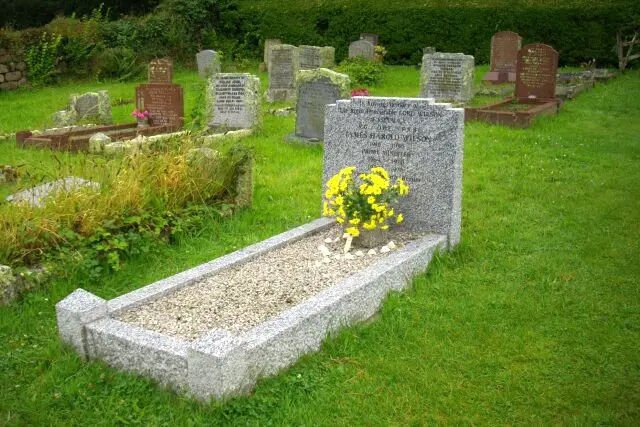
Meet the sin-eater—a poor soul who was paid in bread and ale to absorb the sins of the recently deceased. A ritual would be held where food was placed on the chest of the corpse, symbolizing the burden of transgressions. The sin-eater would consume it, spiritually taking on the dead person’s evil.
It sounds creepy, but it was rooted in deep Christian traditions and folk beliefs. Communities feared unresolved sins could summon unrest or invite demonic forces. So they made sure someone “cleaned up” before final burial. It was part mercy, part protection—though sin-eaters rarely lived easy lives.
6. Nail Scratching to Ward Off Night Demons (Japan, Heian Period)
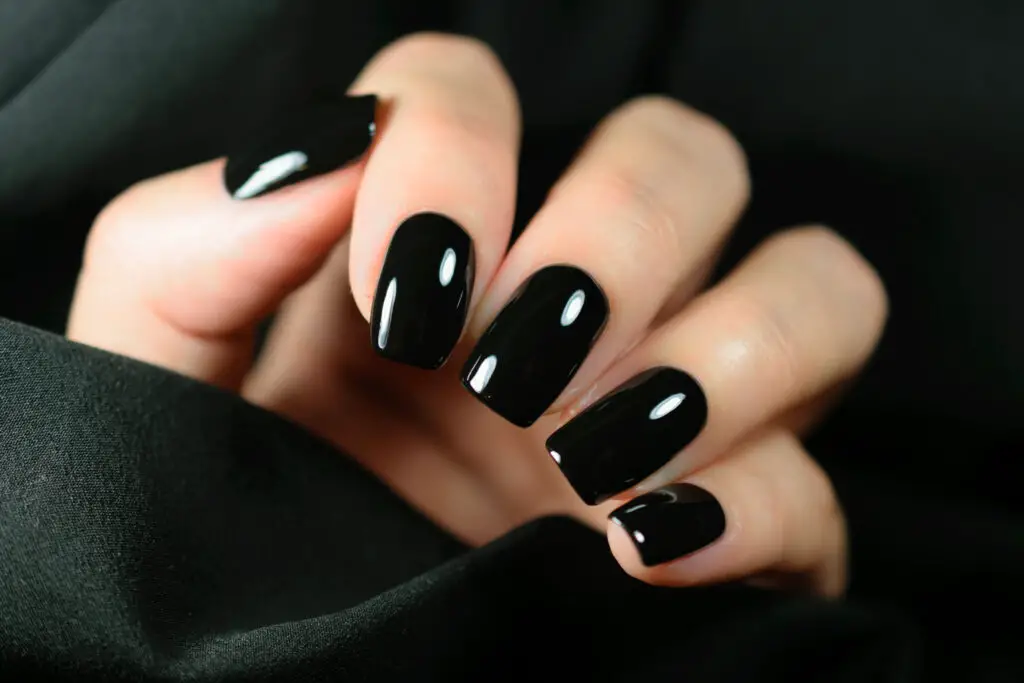
During Japan’s Heian era, fear of night demons—known as yokai or oni—led to curious bedtime rituals. One involved lightly scratching the walls or floorboards with fingernails or wooden sticks. The noise was meant to keep malevolent spirits at bay, as they were believed to hate irregular sounds.
The tradition sometimes accompanied chanting or incense burning. Families would do it especially when someone was sick or vulnerable. It wasn’t loud or dramatic, but the subtle eeriness of the act hinted at deeper fears. Sometimes the quietest gestures carry the weight of ancient protection.
7. Exploding Effigies (Mexico, Pre-Colonial Times & Modern Adaptations)
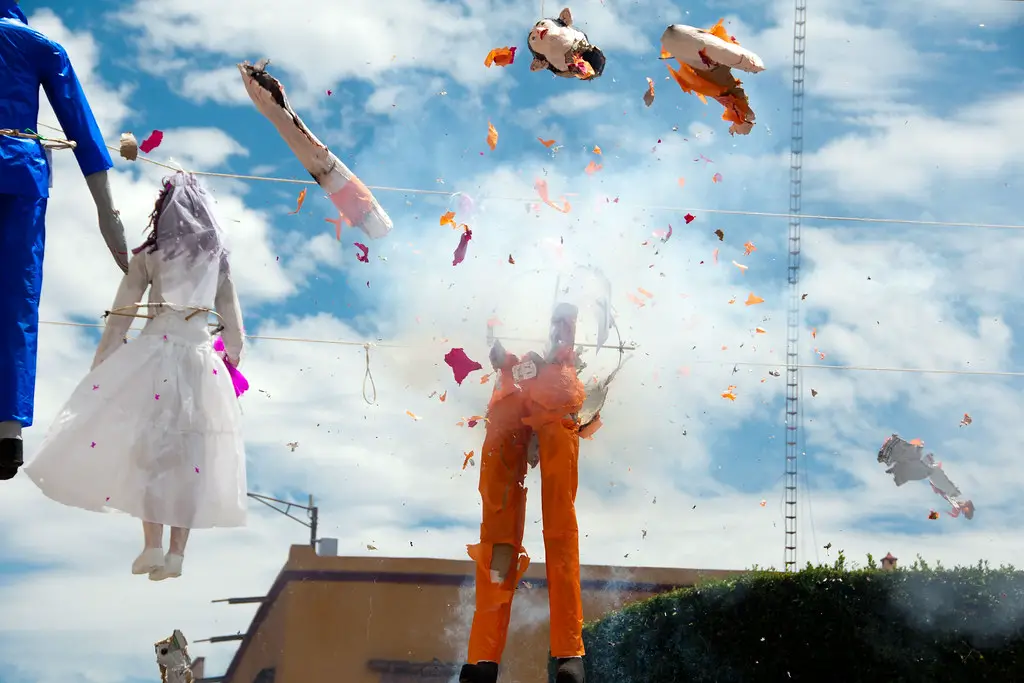
In Mexico, the custom of exploding effigies—called “judas”—goes back to indigenous traditions fused with colonial influence. These papier-mâché figures were stuffed with fireworks and then blown up during festivals, especially around Easter. Symbolically, they represented evil—whether that was Judas Iscariot or other malevolent figures.
As flames consumed the effigy, people cheered for the symbolic destruction of darkness. It was loud, colorful, and cathartic. Even today, echoes of the ritual remain in local parades and fiestas. Nothing like an explosion to clear away bad vibes.
8. Whispering to the Wind (Siberia, Indigenous Tribes)

In the cold expanse of Siberia, shamans from indigenous tribes practiced rituals of whispering into the wind. The idea was to send away harmful spirits or bad omens that clung to the soul. Whispering was seen as respectful—invoking nature’s force gently rather than with fire and fury.
Often performed at dawn or dusk, these ceremonies were deeply intimate. They might include offerings like feathers or herbs, meant to carry the message with the breeze. It was a quiet defense against spiritual chaos. And though soft in volume, the intent roared through the tundra.
